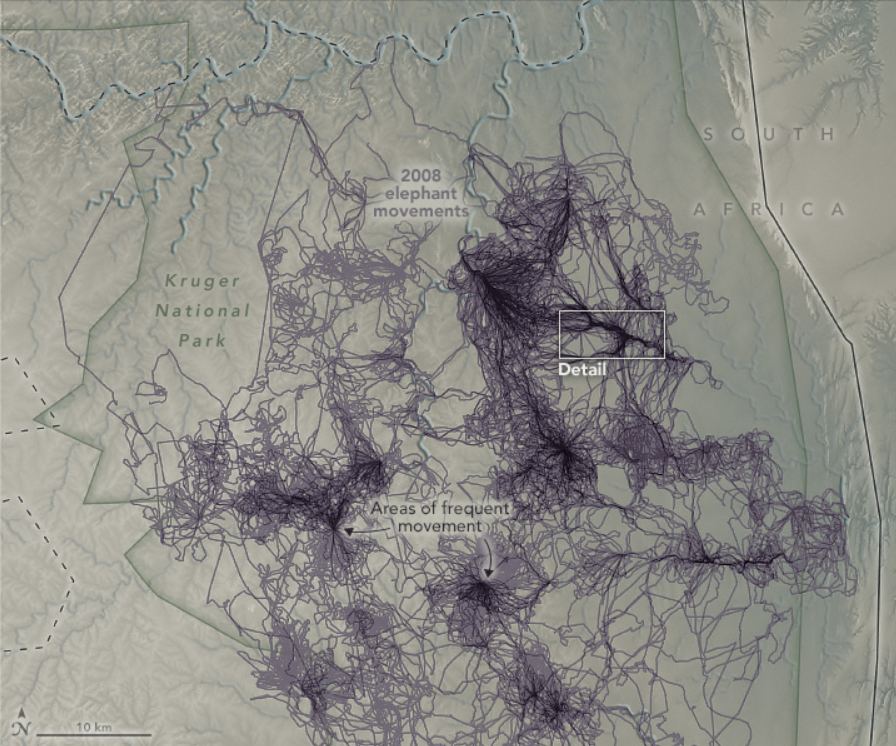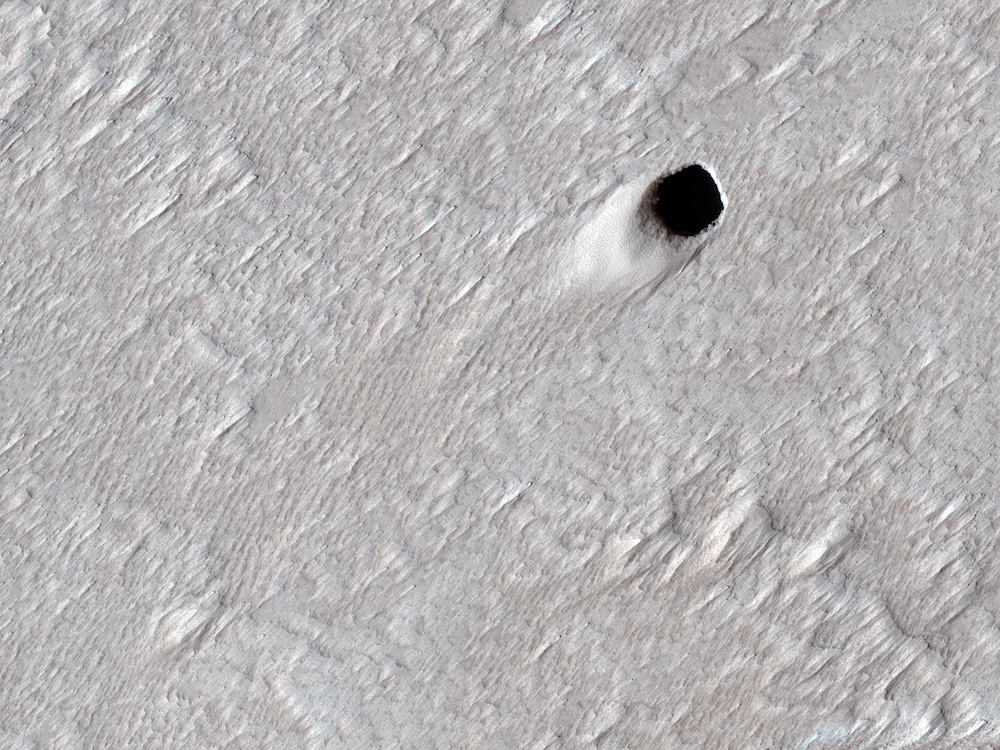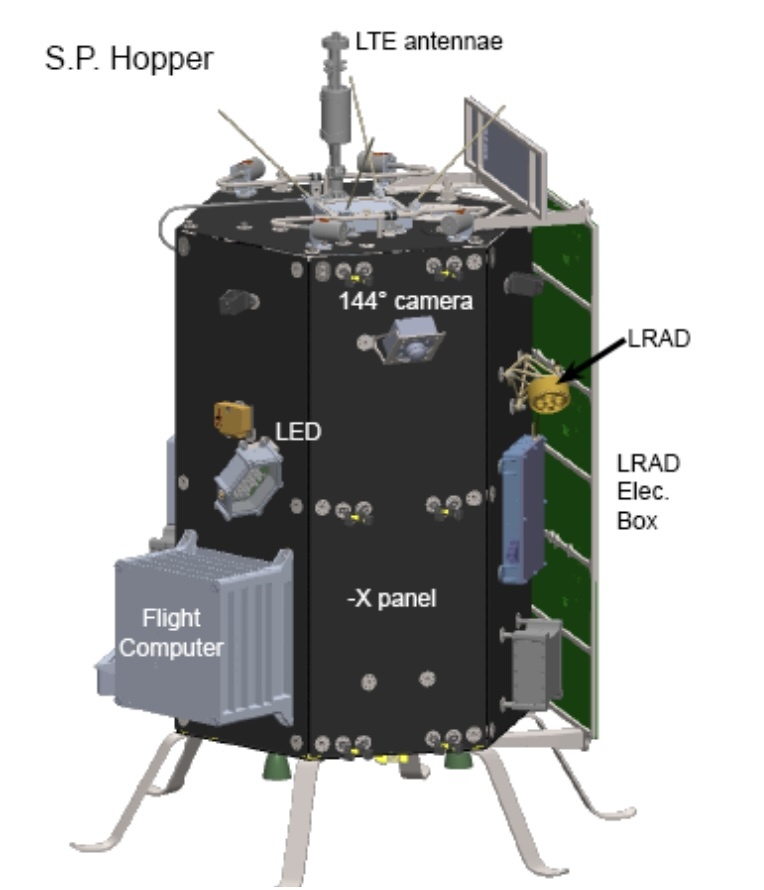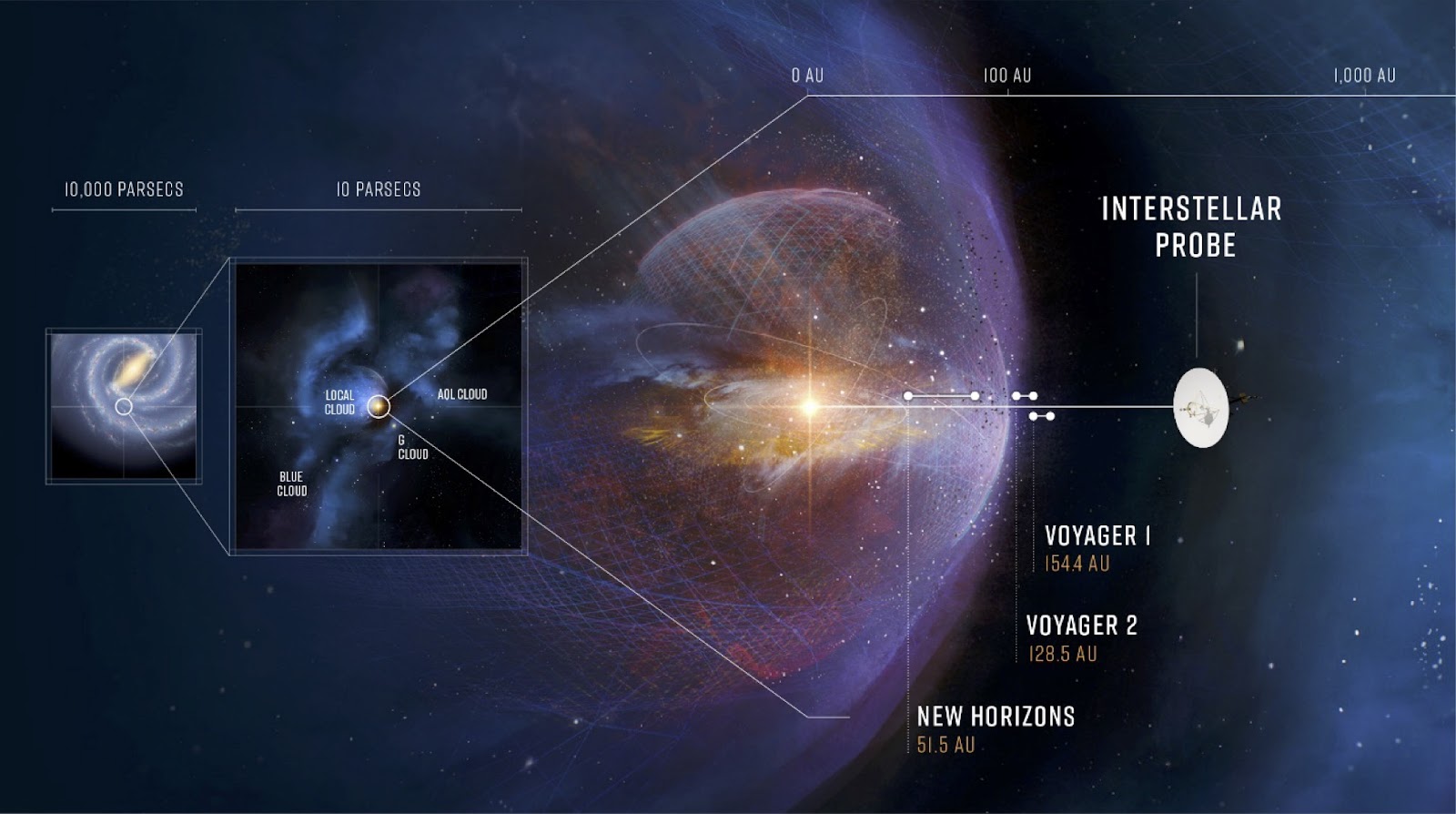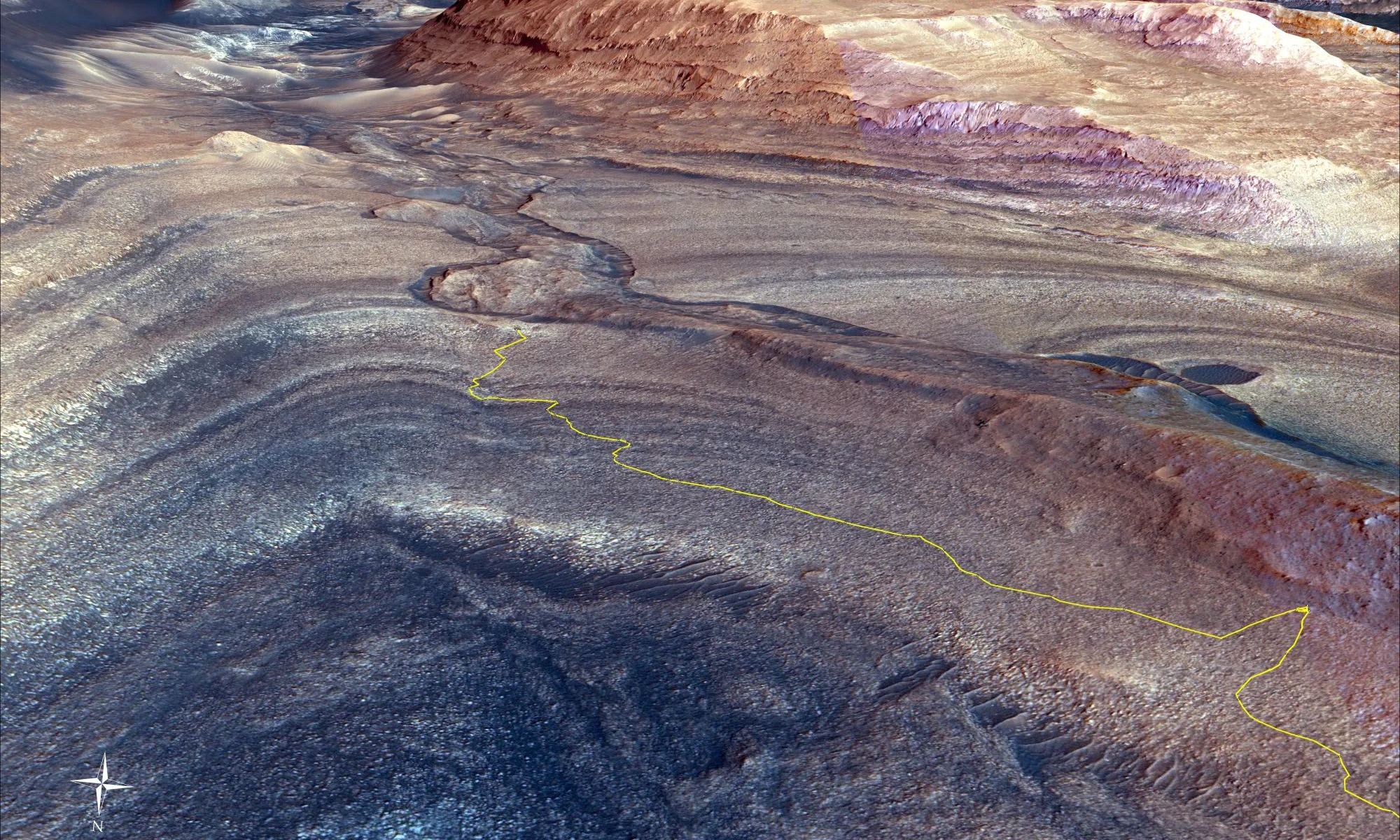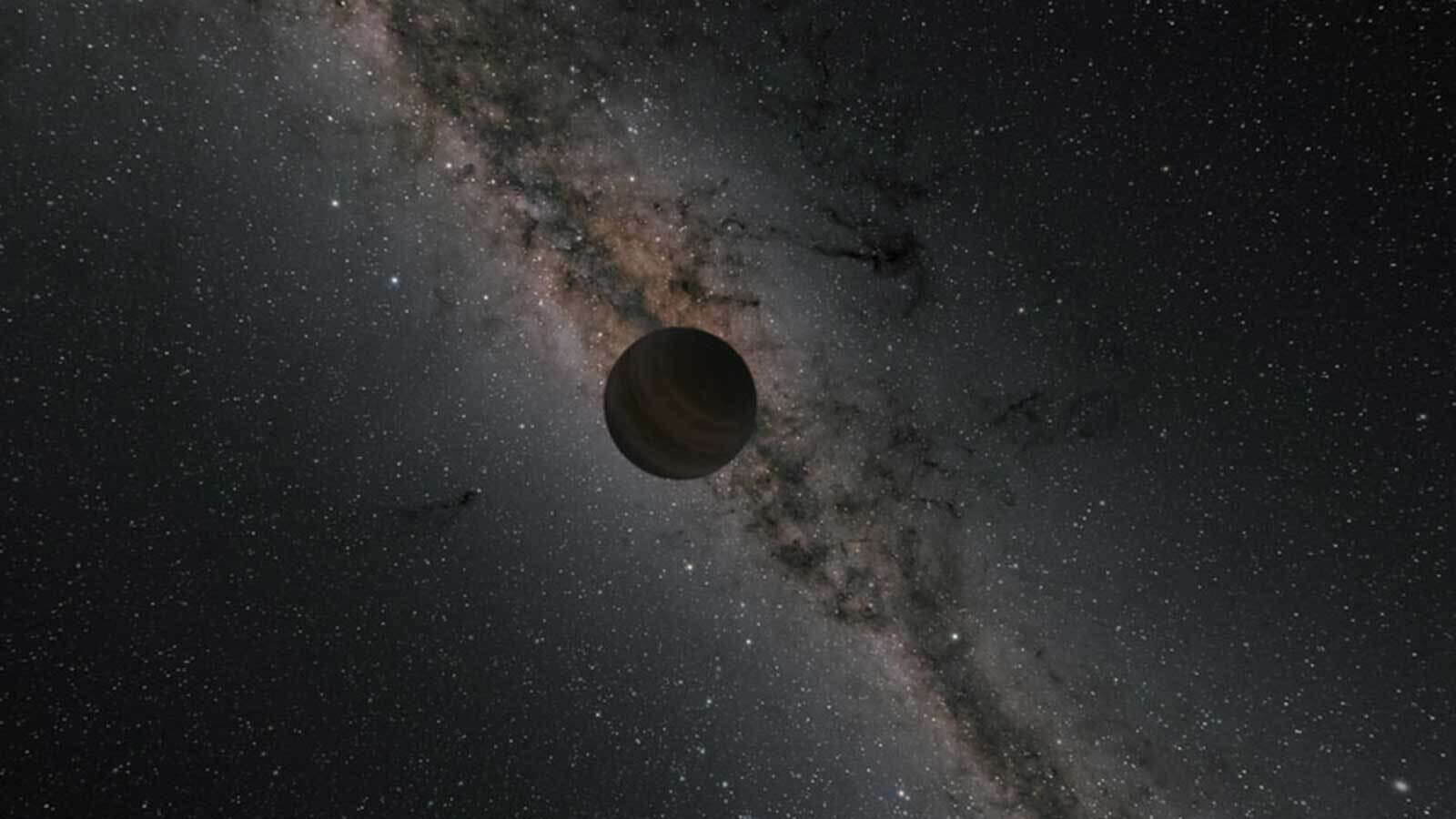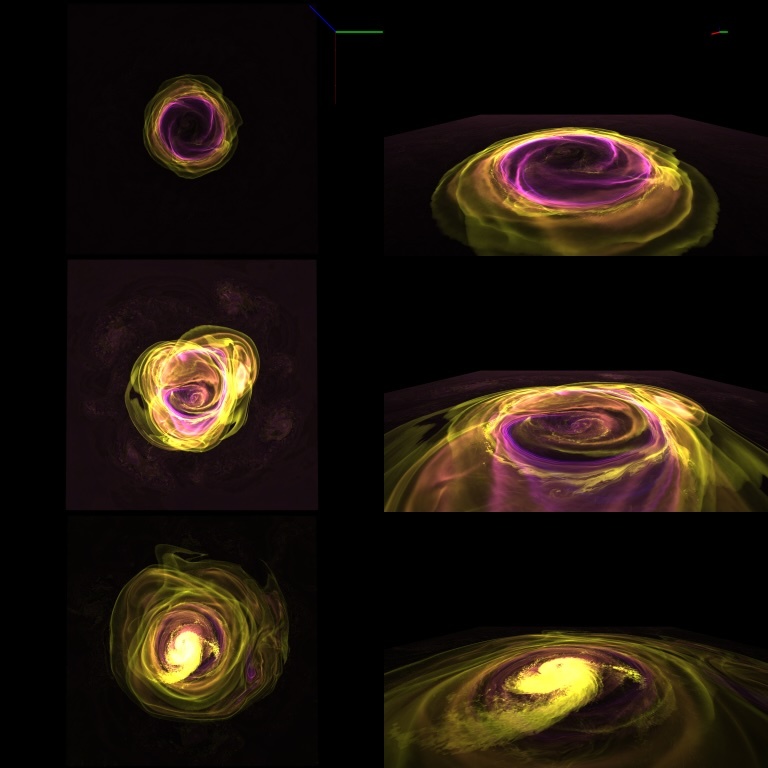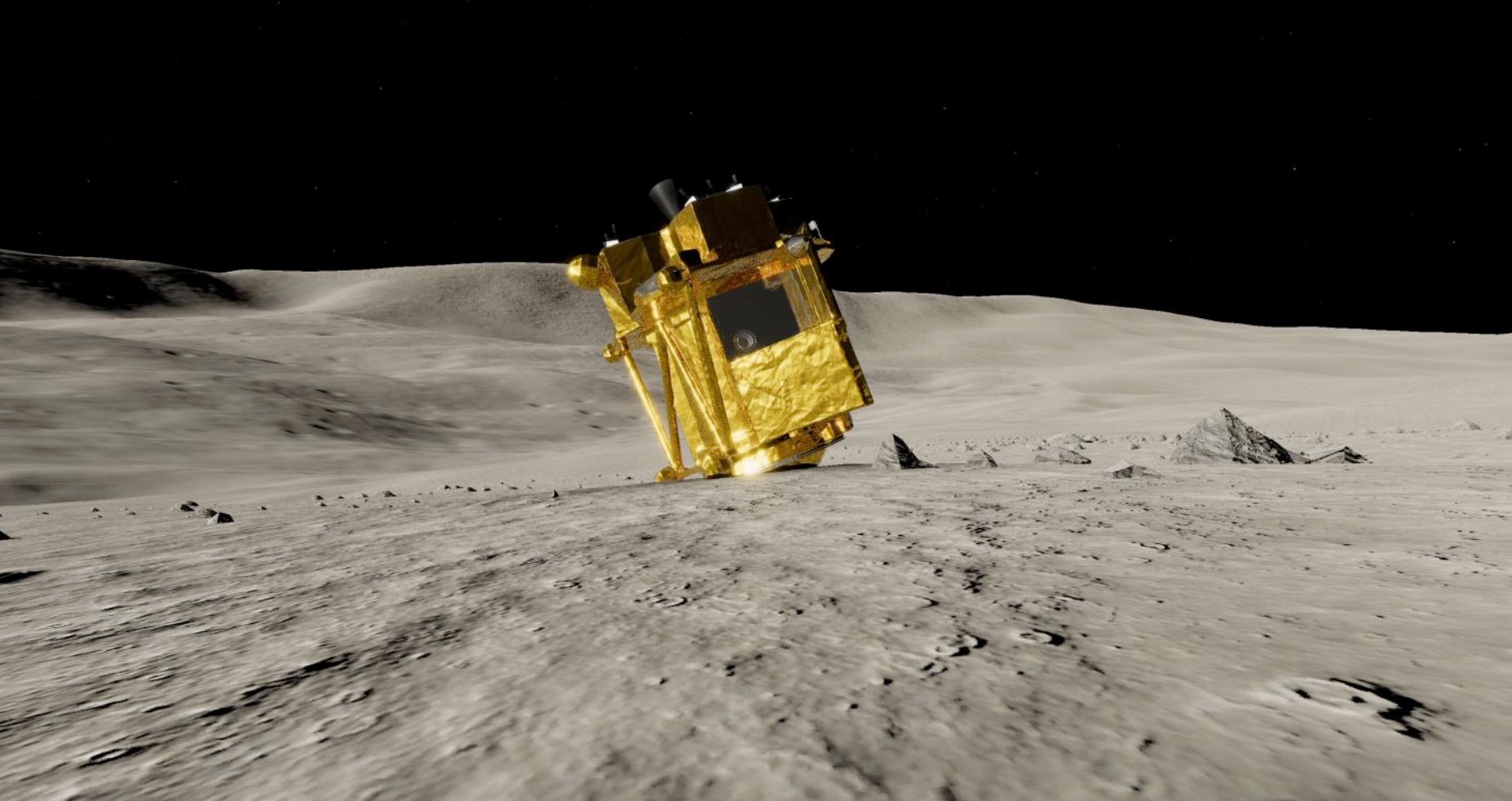Scientists have been underutilizing a key resource we can use to help us understand Earth: animals. Our fellow Earthlings have a much different, and usually much more direct, relationship with the Earth. They move around the planet in ways and to places we don’t.
What can their movements tell us?
Continue reading “How Animal Movements Help Us Study the Planet”
